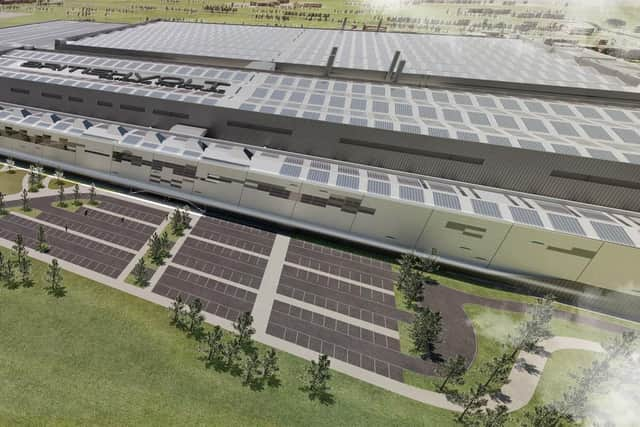Britishvolt gigaplant: Plans to create £1.6m biodiversity site at Potland Burn
and live on Freeview channel 276
Net gain sites were introduced in the government’s landmark environment bill, and require developers and planners to create habits that can increase biodiversity by a net gain of 10 per cent in and around developments.
The policy is due to come into force in autumn 2023, but due to the sheer size of the planned BritishVolt gigafactory – said to be “one of the biggest buildings in the world, ever” – Northumberland County Council planners chose to impose the condition on the company.
Advertisement
Hide AdAdvertisement
Hide AdIt meant finding a significantly large site capable of providing a net gain of at least 10 per cent reasonably close to Cambois. Fortunately, the 67-hectare Potland Burn site, a former open cut coal mine near Ashington, met all those requirements.


Speaking at a meeting of the council’s communities and place overview and scrutiny committee, the authority’s environment and design team manager and county ecologist, David Feige, explained how the project would work.
He said: “This site is currently of low ecological value which means we can effect significant change.
“It will need to be suitable for wading birds and a wide range of invertebrates. We know we’re going to need more land than just for BritishVolt, because we also need to have land for supply chain companies, so this is the site.”
Advertisement
Hide AdAdvertisement
Hide AdHowever, Coun Richard Dodd was concerned about the cost. A report presented to members revealed the cost would be £450,000 in capital funded from the council’s reserves and a £1,688,400 expenditure budget, funded using the developer contributions.
The money will be used to pay for the creation of the site and its upkeep over the next 30 years – but Coun Dodd, who is also a farmer, felt the land could be put to better use.
He said: “£1.6 million is a lot of money. The world has changed somewhat this year, I know as a farmer. We see the price of wheat has doubled which will have an impact on somebody somewhere.
“We’re heading for a rough time. This land could produce something, it could pay something. Grain and food are going to be more important than a lot of things.”